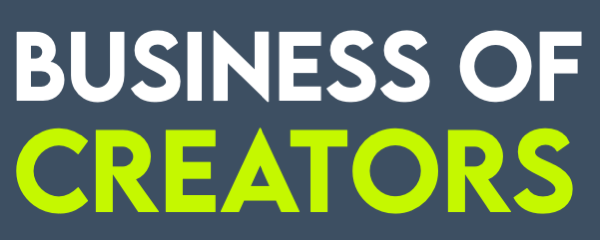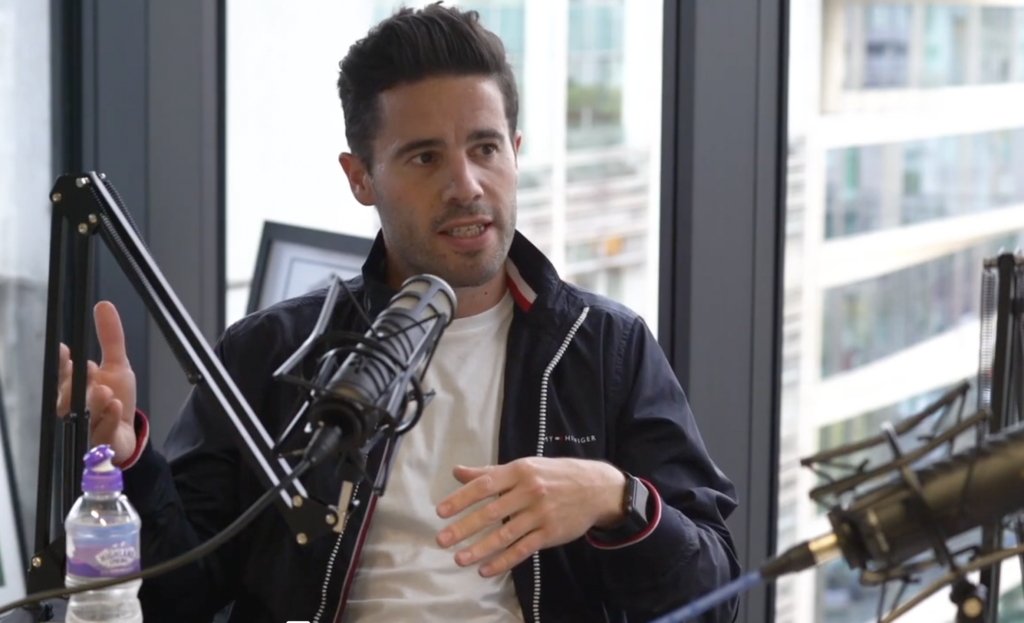As a YouTube channel owner, you may be considering translating the audio of your videos into other languages to reach a wider audience. There are a few things to keep in mind when making this decision.
- Your target audience: Who do you want to watch your videos? If you’re targeting a global audience, then translating your audio is a great way to reach more people. However, if you’re only targeting a specific region or country, then translating your audio may not be necessary.
- The cost of translation: Translating audio can be expensive, so you’ll need to factor in the cost when making your decision. There are a few different ways to get your audio translated, such as hiring a professional translator or using a translation service.
- The quality of the translation: It’s important to make sure that the translation of your audio is high quality. If the translation is poor, it could damage your reputation and turn viewers away from your channel.
- The impact on your content: Translating your audio can change the tone and feel of your videos. If you’re not careful, the translation could make your videos sound unnatural or awkward.
- The time commitment: Translating audio can take a lot of time, especially if you have a lot of videos to translate. You’ll need to factor in the time commitment when making your decision.
In his recent interview with the Business of Creators, Farbod Mansorian shared some insights from his own experience translating YouTube videos as CEO of Unilingo:
- Dubbing is often more effective than subtitles: In Farbod Mansorian’s experience, dubbing is often more effective than subtitles at engaging viewers from non-English speaking countries. This is because dubbing allows viewers to watch the video without having to read subtitles, which can be distracting and time-consuming.
- Remote recording is becoming more common: Farbod noted that remote recording is becoming more common for dubbing YouTube videos. This is because it allows creators to work with voice actors from all over the world, which can save time and money.
- It’s important to be creative with your translations: Farbod stressed the importance of being creative with your translations. This means finding ways to translate the humor, cultural references, and other nuances of your videos into other languages.
Here are some additional tips
- Start with your most popular videos: If you’re not sure where to start, translate your most popular videos first. This will give you a good idea of the impact that translation can have on your channel.
- Get feedback from viewers: Once you’ve translated some of your videos, ask viewers for feedback. This will help you to gauge the quality of the translation and make sure that it’s meeting the needs of your audience.
- Use a professional translator: If you’re serious about translating your audio, it’s worth hiring a professional translator. This will ensure that the translation is high quality and accurate.
- Don’t forget about closed captions: Even if you don’t translate your audio, you can still make your videos accessible to a wider audience by adding closed captions. Closed captions are text versions of the audio that appear on the screen.
By following these insights, you can make sure that your translated YouTube videos are engaging and effective.






